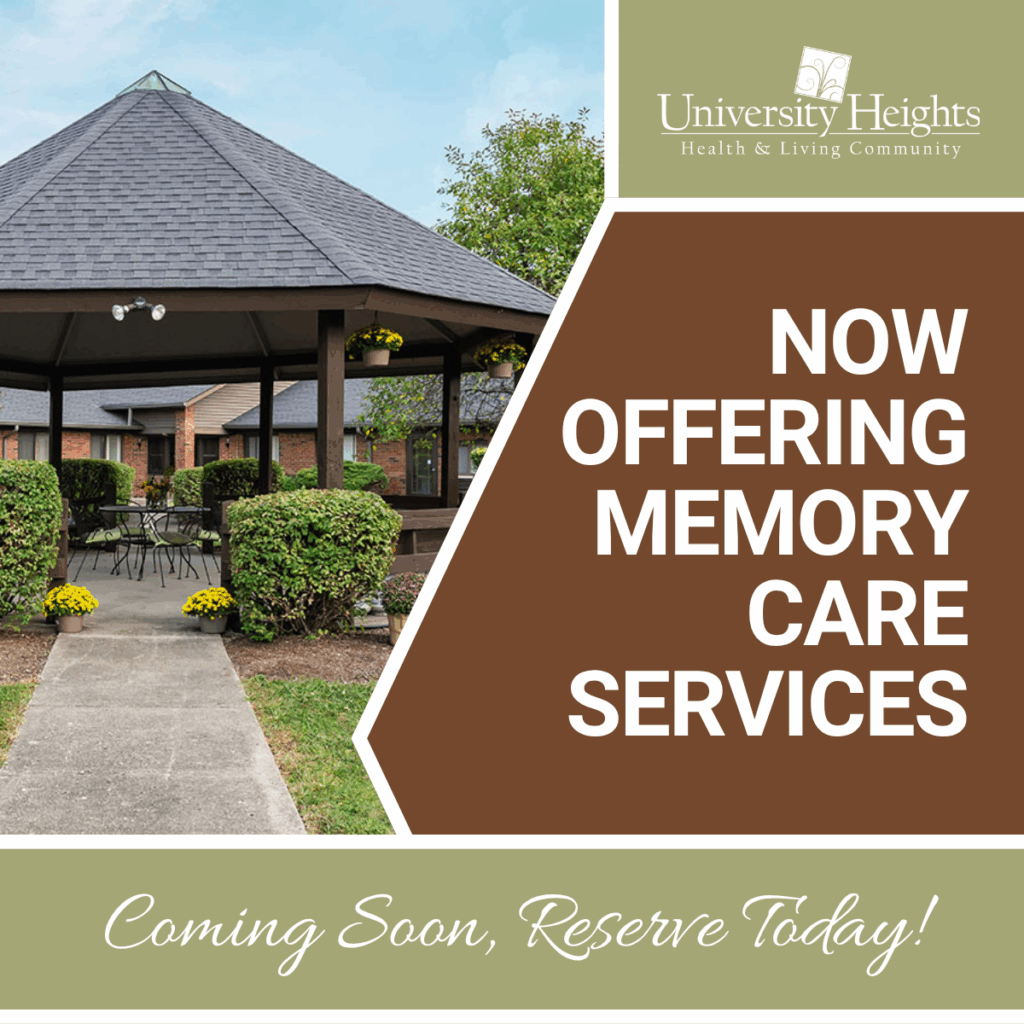Lynn Lopossa
Director of LifeSpan Therapy
Chances are you or someone you know has found themselves dealing with neuropathy. It is a very common diagnosis that transcends all age groups and demographics. It typically involves numbness, tingling, burning or stabbing sensations, usually in the extremities such as the hands and feet.
Neuropathy presents a tremendous challenge to those who have it, and can also be challenging for caregivers due the increased need for assistance caused by the symptoms. In its mildest form, it can be annoying or painful, but in severe cases, it can be debilitating or even result in paralysis.
It is not a disease unto itself, but rather a complication of a number of medical conditions. With neuropathic pain, the nerve fibers themselves may be damaged, dysfunctional or injured, sending incorrect signals to the brain and other pain centers.
In the U.S., the primary cause of neuropathy is diabetes, but other underlying conditions include peripheral vascular disease, alcoholism, and toxicity from overmedication. Psychological factors, especially depression, can also play a role. Often the causes and symptoms conflate with each other – a person feels pain when they walk, so they start moving less, resulting in weight gain, which produces greater risk for onset of diabetes, contributing to depression, and so on.
There are a variety of treatment options for neuropathy, from therapy and exercise to medication. Usually it is not possible to completely eliminate neuropathic pain. But treatment is often successful in managing the symptoms and preventing people from slipping further into inactivity and pain.
At LifeSpan Therapy, we treat a wide variety of neuropathy clients who live at CarDon communities, as well as clients who live in other locations and participate in therapy as outpatients. Our goal is to minimize the pain and to help our clients continue to participate in life skills and occupations.
We find the most successful treatment program is an interdisciplinary one that brings together different types of expertise to create an individualized plan for each patient.
The first step is to see a physician or neurologist with expertise in neuropathy who can determine what medical condition is causing the neuropathic pain. This helps the interdisciplinary team to develop the most effective treatment pathway. We also involve a dietician who looks at what the client is eating and helps create a diet than can keep those extra pounds off. In some cases, weight control is a significant factor in controlling neuropathy.
In severe cases, such as fibromyalgia, a chronic disorder characterized by widespread pain in muscles and other soft tissue, or when the neuropathic pain causes sleep deprivation, a mental health professional such as psychologist is often consulted as well.
In terms of medication, anti-inflammatories and pain medication can be very helpful. In addition, anti-depressants can help with the psychological factors contributing to inactivity, and anti-seizure medications appear to interfere with the overactive transmission of pain signals sent from damaged nerves diminishing some of the symptoms.
Physical therapy is a vital part of the treatment program. One of the most common and effective treatment methods provided by physical therapy is the utilization of physical agent modalities to help stimulate and heal the nerves. These include infrared therapy, transcutaneous nerve stimulator (TENS), or newer technology like cold laser treatment. With all of these approaches, the goal is to increase circulation around the nerve endings causing the problem.
The main goal of therapy is to develop a home exercise routine patients can do at their own pace and convenience once therapy concludes. This helps break the cycle of pain leading to decreased movement and overall fitness.
Bio-feedback, breathing techniques, and meditation, which help people work through neuropathic pain and keep them from growing anxious or depressed over their condition, are also techniques that can be a part of a well-established interdisciplinary pain management plan.
If you or a loved one are struggling with neuropathy, know that treatment options are available to help them get back to the lifestyle they deserve.
Interested? Find a community close to you.



